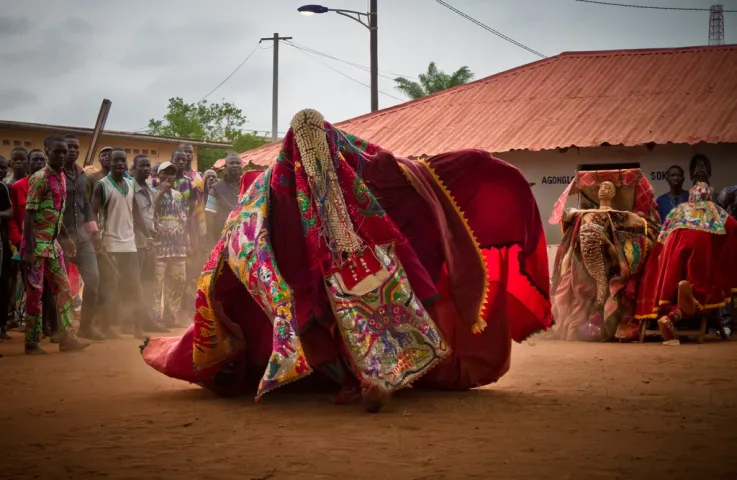The way of life of a particular group of people who live in a specific location is what we mean when we talk about culture. True! In addition, the culture that includes customs and traditions is dynamic, active, and sacred, and it unquestionably contributes significantly to the maintenance of national unity and integration.
There are different parts of culture, for example, dressing which has to do with customary clothing types, language which include the manner in which individuals convey, craftsmanship which goes from carvings to works of art and the preferences, and services like celebrations, marriage ceremonies, etc.
Nonetheless, it is disheartening that Nigerians and Africans overall have completely taken on the western lifestyle and passed on their own way of life to flounder in the waters of disregard. Even though their gele may be too obvious, their sokoto may be too short, and their beads may be too heavy, Nigerians should be proud of their traditional attire. As the white men do, they ought to don it with unwavering pride.

Language is one of the easiest ways to identify various cultures. Each Nigerian tribe greets in a manner that not only demonstrates respect but also pride in their culture and traditions. In Nigeria, festivals are celebrated by every ethnic group in unique ways. The Igbo people are known for their festival of new yam, the Hausa people for their festival of arugungun fishing, and the Yoruba people are known for their glamorous Eyo festival. They perform their marriage rites and coronation ceremonies in different ways; Western marriage is complementary to traditional marriage. In Nigeria, Nigeria specifically, prospective couples are required to perform traditional rites and pay dowries in accordance with their community’s customs.

Bead making, basket and mat weaving, dyeing, and other arts and crafts are just a few of the many specialties of various cultures. The Edos are well-known for their goldsmithing and carvings. The well-known Edo sculpture of Queen Idia’s face served as the logo for the 1977 festival of arts and culture (FESTAC). The event was one to remember.
The traditional occupations, tools, weapons of war, household appliances, and history of the people as a whole are represented by these artifacts. The majority of these artifacts are housed in museums, where they are occasionally viewed.
Both in times of celebration and in times of adversity, our culture serves as a powerful force of unity. Despite the fact that its practices may at times appear restrictive, we must all strive to preserve our culture and traditions.

